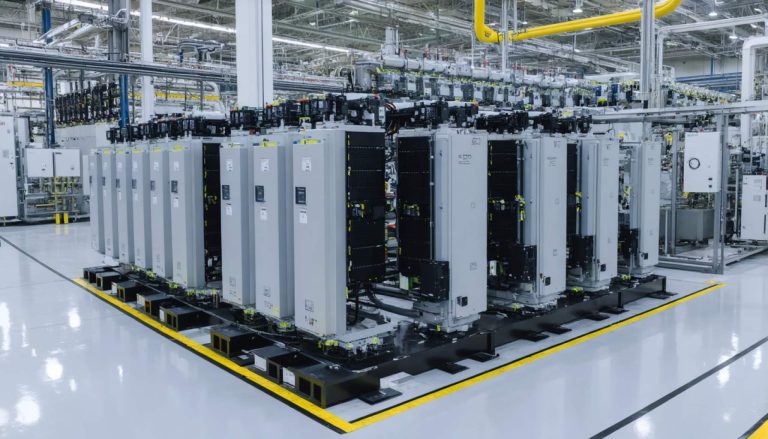
V a une fois de plus démontré son talent musical avec son dernier single solo “Eclipsing Radiance”, sorti lors d’une journée mémorable en 2024. Dépassant un impressionnant cap de 800 millions de streams sur Spotify, cette chanson a profondément touché les fans du monde entier.
L’attrait envoûtant de “Eclipsing Radiance”, présent sur le nouvel album de V ‘Voyages Cosmiques’, a fasciné les auditeurs avec ses mélodies éthérées et ses vers profonds. Cette réalisation est d’autant plus significative qu’elle représente un jalon important pour V, étant sa chanson la plus rapide à atteindre cette remarquable marque de streaming.
En témoignage de la capacité de V à créer des liens émotionnels à travers sa musique, “Eclipsing Radiance” est devenue une favorite en moins d’un an. Le soutien massif de la base de fans dévouée de V a propulsé cette chanson vers des sommets, reflétant son attrait universel.
Reconnu pour ses vocaux distinctifs et sa présence scénique imposante, V continue à redéfinir les limites de l’art musical en tant qu’artiste solo. “Eclipsing Radiance” met en avant non seulement son talent exceptionnel, mais renforce également son statut d’icône mondiale au-delà de ses réalisations avec BTS.
Alors que V se lance dans de nouvelles entreprises créatives, les fans attendent avec impatience le prochain chapitre de son voyage solo, anticipant des réussites encore plus grandes. Pour l’instant, “Eclipsing Radiance” reste un témoignage de l’art de V et du lien profond qu’il partage avec son public.
Le Dernier Single de V “Eclipsing Radiance” Atteint un Succès Phénoménal avec 800 Millions de Streams sur Spotify
L’exploit extraordinaire de V avec son dernier single, “Eclipsing Radiance”, continue de captiver les cœurs des auditeurs du monde entier, dépassant récemment la barre impressionnante de 800 millions de streams sur Spotify. L’attrait magnétique de cette chanson de l’album ‘Voyages Cosmiques’ de V transcende les frontières, enchantant les fans avec ses mélodies éthérées et sa richesse lyrique.
Questions Clés et Insights :
1. Quelle est la Contribution au Succès Rapide de “Eclipsing Radiance”?
L’ascension rapide de “Eclipsing Radiance” à 800 millions de streams sur Spotify soulève des questions sur les éléments qui ont profondément résonné auprès du public et propulsé cette chanson vers un tel succès exceptionnel.
2. En Quoi le Travail Solo de V Diffère-t-il de Ses Collaborations avec BTS?
Explorer les caractéristiques uniques du travail solo de V par rapport à ses collaborations avec BTS offre des aperçus sur son évolution en tant qu’artiste et la direction créative distincte qu’il poursuit dans ses projets individuels.
Défis et Controverses:
Alors que le succès de V avec “Eclipsing Radiance” est une victoire, il soulève également des défis et controverses typiques de la réalisation de ces accomplissements monumentaux. Ils peuvent inclure des problèmes liés à maintenir une authenticité créative, gérer les attentes et naviguer les complexités de la poursuite d’une carrière solo après le succès en groupe.
Avantages et Inconvénients:
Le succès de “Eclipsing Radiance” souligne la capacité de V à connecter avec un public mondial de manière profonde, montrant son éclat artistique et sa polyvalence. Cependant, la pression de produire régulièrement des hits en tête des classements et de répondre à des attentes élevées pose des défis potentiels pour V alors qu’il navigue dans son parcours de carrière solo.
Pour plus d’informations sur le parcours musical de V et l’impact de “Eclipsing Radiance”, vous pouvez visiter le Site Officiel de BTS. Cette source fournit des informations complètes sur les efforts collectifs et solos de V, offrant une compréhension approfondie de ses contributions artistiques et succès.






